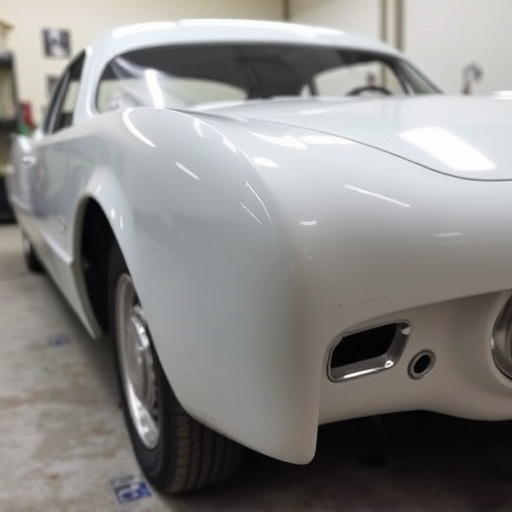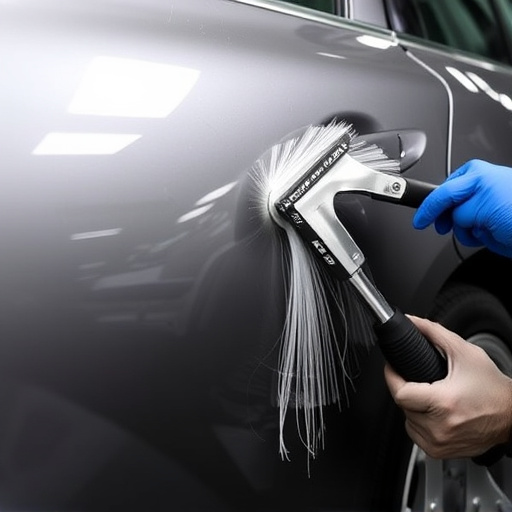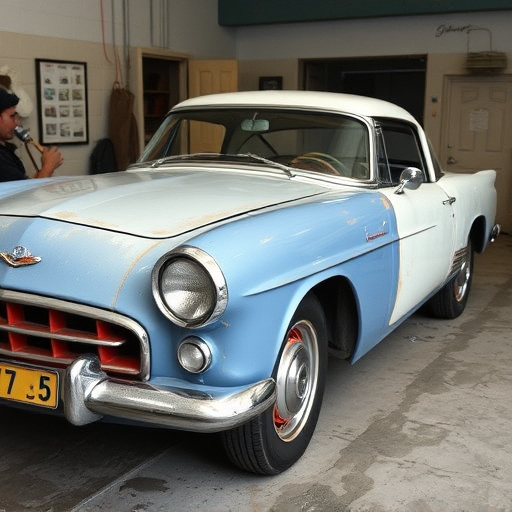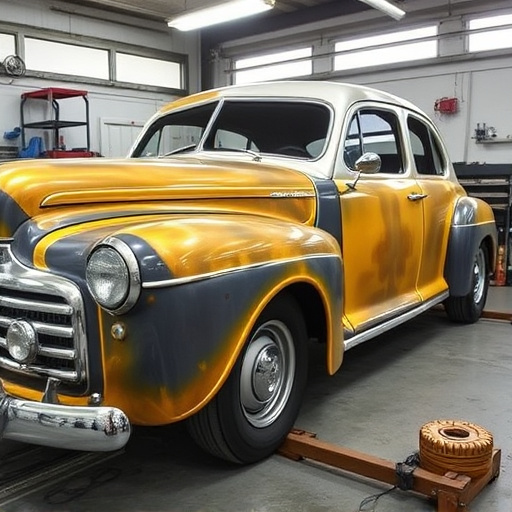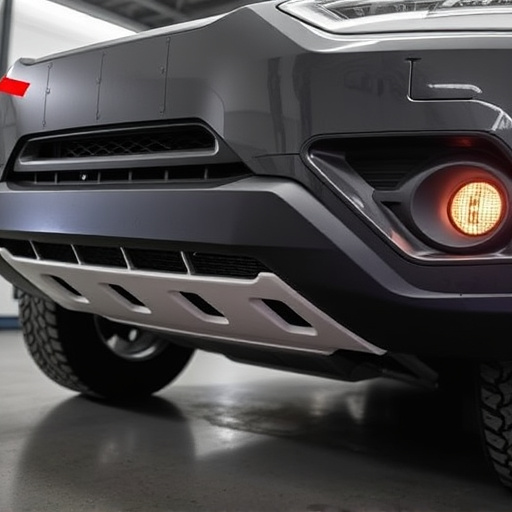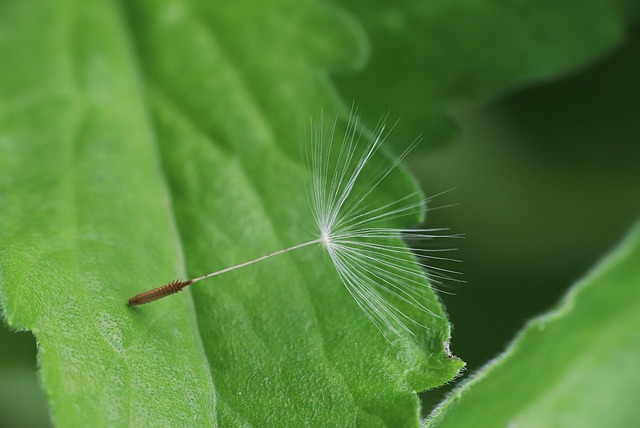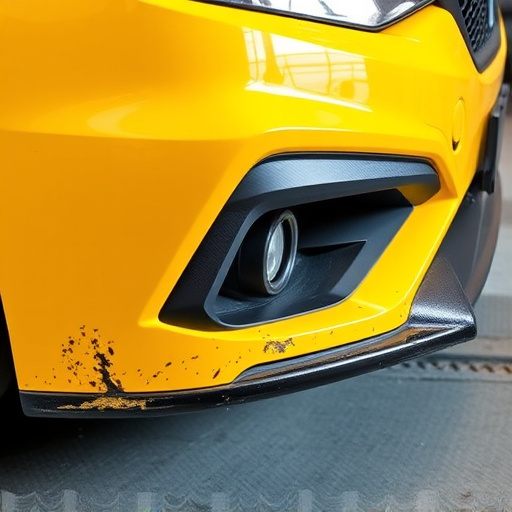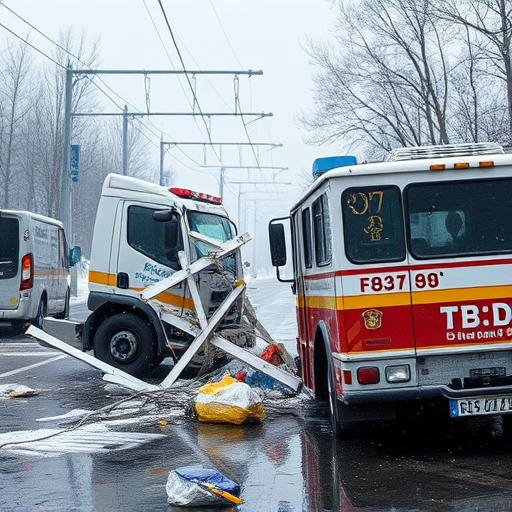Interior trim repair collision specialists require advanced skills and knowledge to restore vehicle interiors post-accident. Their tasks span identifying damage, disassembling components, repairing or replacing parts, and meticulous reassembly. Proficiency in specialized tools, equipment, and materials is key, coupled with understanding car scratch, glass, and body restoration. Hands-on training through mock-ups or real vehicles teaches precision craftsmanship for intricate details. Staying current with industry standards via certification programs ensures accuracy and efficiency, fostering customer trust. Continuous learning maintains technicians' skills against evolving technologies, ensuring exceptional collision repair outcomes that surpass expectations.
In today’s automotive industry, skilled interior trim repair technicians are essential for restoring vehicle aesthetics. This article delves into the crucial training requirements for these specialists, focusing on three key areas: understanding interior trim repair techniques, hands-on training with advanced tools and methods, and the importance of certification and continuous learning to meet evolving industry standards. By exploring these aspects, we equip collision technicians with the knowledge needed to excel in interior trim repair.
- Understanding Interior Trim Repair: Essential Skills and Knowledge
- Hands-on Training: Practicing Techniques and Tools for Collision Repair
- Certification and Continuous Learning: Keeping Up with Industry Standards
Understanding Interior Trim Repair: Essential Skills and Knowledge

Interior trim repair is a specialized field within the collision industry that involves restoring and rebuilding vehicle interiors to their pre-accident condition. Collision technicians tasked with this role require a deep understanding of automotive materials, construction, and design variations across different models and makes. Essential skills include meticulous craftsmanship, attention to detail, and the ability to match original factory finishes accurately.
Proficiency in identifying and assessing damage, disassembling affected components, repairing or replacing damaged parts, and reassembling interiors with precision are crucial. Technicians should also be adept at using a range of tools, equipment, and materials specific to interior trim repair, such as specialized adhesives, fillers, paints, and finishing products. Knowledge of car scratch repair techniques, auto glass repair processes, and the principles of auto body restoration is beneficial, enabling technicians to provide comprehensive solutions for vehicle owners.
Hands-on Training: Practicing Techniques and Tools for Collision Repair
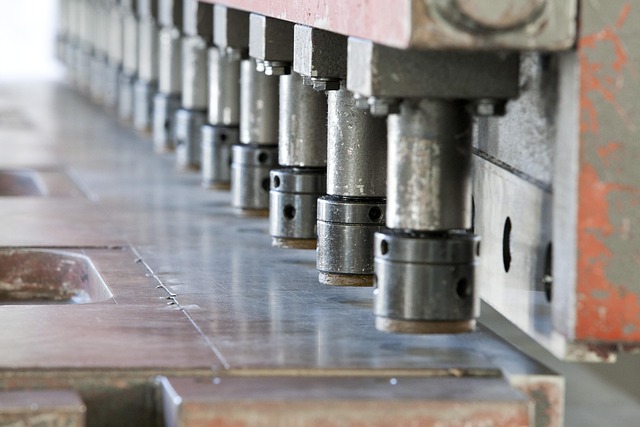
Hands-on training is a pivotal component of preparing interior trim repair collision technicians for their roles. This involves practicing various techniques and getting familiar with an array of tools specifically designed for collision repairs, including those tailored to vehicle bodywork and bumper repair. The practical aspect allows professionals to refine their skills in a controlled environment before tackling real-world damage.
Apprentices gain invaluable experience by working on mock-ups or actual vehicles, learning how to replace or mend shattered mirrors, torn panels, and broken consoles—all while ensuring precision and quality. This immersive training is crucial for mastering intricate details and understanding the intricacies of auto frame repair, ultimately fostering competence in interior trim repair collision technicians.
Certification and Continuous Learning: Keeping Up with Industry Standards

Staying current with industry standards is crucial for any skilled interior trim repair collision technician. Certification programs ensure professionals possess the necessary knowledge and skills to handle complex car body restoration tasks accurately and efficiently. These credentials demonstrate a commitment to quality within the collision repair shop environment, fostering trust among customers seeking top-tier vehicle repair services.
Continuous learning opportunities further enhance technicians’ abilities, keeping them abreast of evolving technologies, materials, and techniques in the ever-changing landscape of collision repair. By actively engaging in training sessions, workshops, and industry events, professionals can maintain their competitive edge, ensuring they deliver exceptional results that meet and exceed customer expectations.
In the realm of interior trim repair for collisions, technicians require a multifaceted approach to their training. By understanding essential skills, engaging in hands-on practice, and committing to continuous learning through certification programs, professionals can enhance their abilities and keep pace with industry standards. This ensures that repairs are not just technical but also artistic, revitalizing vehicles to their pre-accident condition with precision and expertise.
